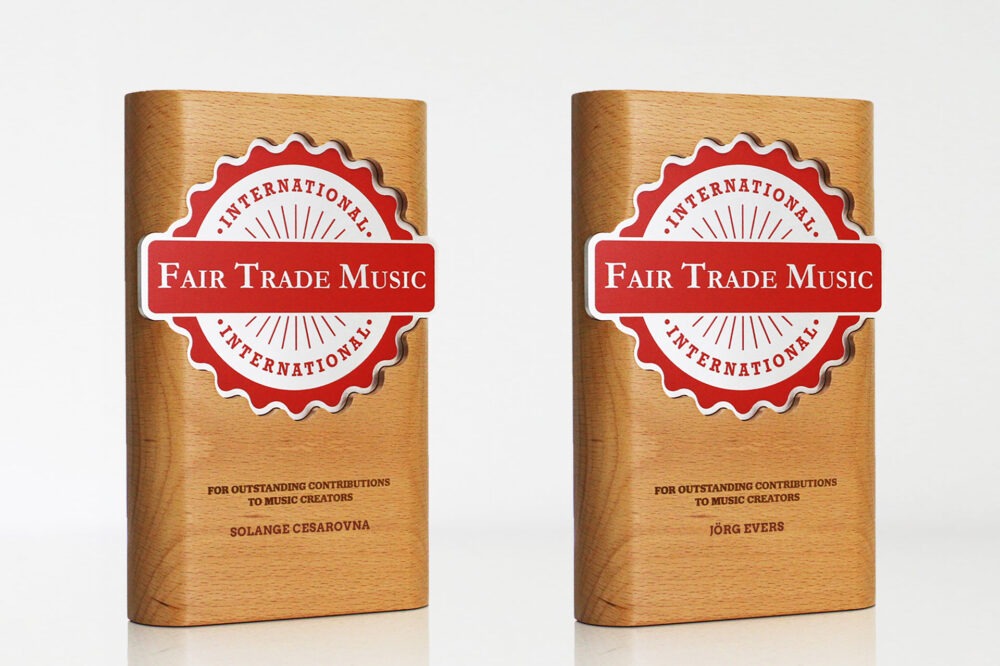As June flies by, S.A.C. considers Indigenous Peoples Day, from a musical angle. Following the horrific discovery of 215 children’s graves at the Kamloops Residential School, it seems fitting to mention The Mohawk Institute, Canada’s oldest Residential School, located near the Six Nations’ land.
Since scientific evidence in 2011 corroborated many stories of children buried on and near the Mohawk Institute’s property, it seems a country seeking Truth and Reconciliation with Indigenous people must seek out all of the truth before we consider how best to attempt reconciliation.
The Six Nations of the Grand River reservation is Canada’s largest, with some 46 thousand acres. This actually represents a miniscule 5% of the original promised 950 thousand acres. The British promised this to Indigenous groups who took their side in the American Revolution, which resulted in the expulsion of the English and their Indigenous allies. The Six Nations, or Iroquois Confederacy boundaries were to have extended five miles on each side of the Grand River from it’s mouth at Lake Erie to it’s source, some 275 kilometers north, at Dundalk. This is specified in the Haldimand Treaty of 1784. Within its boundaries lies the New Credit Reserve.
The Six Nations Confederacy includes the Mohawk, Cayuga, Onondaga, Oneida, Seneca and Tuscarora nations. Some members of the Lenape (formerly Delaware) tribe live there as well.
The reserve has some 26 000 members. Led by Chief Joseph Brant, they confederacy’s reserve never extended to those boundaries, and indeed the group lost pieces of their land from the outset. The English signed away the present-day American portion of the land, with the Treaty of Paris. Today, there has been an extended protest on another disputed land site, the 1492 Land Back Lane. It was also near Brantford, and The Mohawk Institute. The Mohawk Institute closed decades ago but its sordid legacy not only persists, but has returned to Canadian news with the discovery of 215 children’s bodies at the Residential School near Kamloops, British Columbia.
The reserve’s best known musical legacy is, of course, The Band’s Robbie Robertson. At the Six Nations’ inaugural Lifetime Achievement Awards, they honoured Robertson who spoke to The Spectator’s Graham Rockingham. Spending multiple summers on the reserves as a kid, Robertson recalled “it did seem to me that everybody there played music and I decided I needed to get in on this. So it wasn’t long before my uncles and cousins were showing me where to put my fingers on the neck of the guitar. That was the genesis of my whole musical career.”



